In a constantly evolving digital world that is one click from your fingertips, Google remains uncompromising in its quest to provide cleaner and more reliable results for search. As the world’s most popular internet search engine, Google plays a key part in shaping our online experience. To ensure its status as a reliable data source, Google periodically rolls out changes to its algorithm for searching. One of the most recent initiatives in its ongoing effort is the one that was released in the October 2023 Spam Update.
Key Takeaways
– Google’s Spam Update highlights its constant determination to provide clean, reliable results for search across the world.
– The update targets the issue of spam across multiple languages, demonstrating Google’s global commitment to ensuring users are satisfied.
– Feedback from users is a key element driving Google’s efforts to fight spam and enhance the quality of its search.
– Google’s multifaceted approach blends AI, human review, and transparency to safeguard the integrity of search.
– The constant battle against spam has affirmed Google’s role as the leading player in the digital world, providing reliable search results for everyone.
Google’s Commitment to Cleaner Search Results
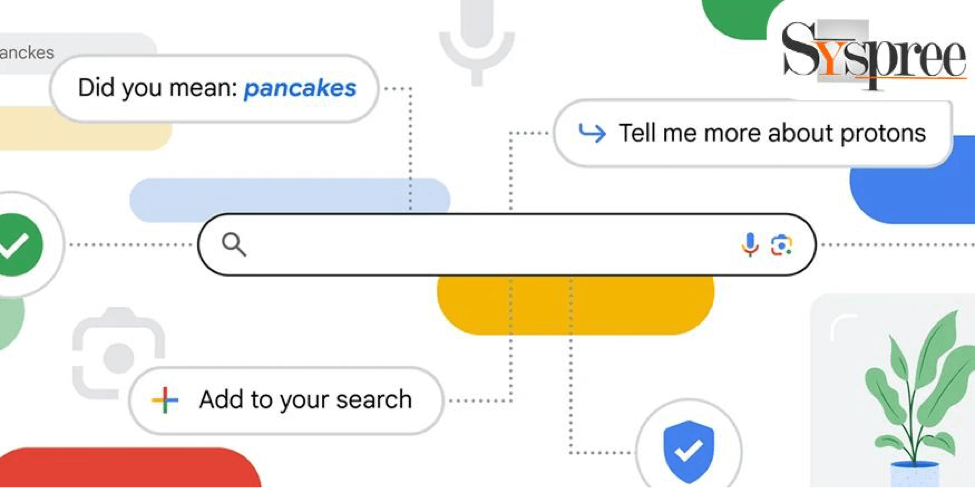
October 2023 Spam Update – Google’s Commitment to Cleaner Search Results
The leading SEO company in Mumbai says that Google has always been dedicated to providing users with the most accurate, relevant, and secure search results. This commitment goes beyond results that are in English but covers many languages that are spoken and written around the globe. Google recognizes how important it is to provide high-quality results for its users regardless of the preferred language or location from which they come from.
The October 2023 Spam Update
Begin with the October 2023 Spam Update. It’s the newest section of Google’s ongoing fight against untrusted content. This update will tackle various types of spam affecting search results, ranging from hacking and cloaking content to auto-generated scraped content. What makes this update important is its focus on a range of languages, including Turkish, Vietnamese, Indonesian, Hindi, Chinese, and more.
The decision to introduce the update on spam was inspired by feedback from Google’s lively community. People worldwide have seen an increase in spammy results in their own languages, and Google was able to take the criticism to heart. The experts from the leading SEO company in Mumbai say that Google will continue to provide better and more relevant results in search by improving its ability to detect spam.
Part of its Relentless Commitment
In its constant determination to keep the web search engine landscape clean, Google employs a combination of cutting-edge technology as well as human review to find and degrade websites and pages that violate its rules. One of its most effective weapons for fighting spam is its SpamBrain. This AI-powered program constantly learns and evolves to the latest methods of spamming.
This update demonstrates Google’s commitment to the principles of transparency, authenticity and the importance of users. It targets spammy practices like hidden text, auto-generated content, and excessively aggressive commercial strategies. Google aims to ensure that its search engine is a reliable partner in our search for information.
Not just an Algorithm Tweak
The update to the spam algorithm isn’t an ordinary algorithm tweak. It is a testament to Google’s constant dedication to providing more efficient, reliable, faster, and valuable search results. It highlights that in a constantly changing digital world, Google remains at the forefront, protecting the gates to ensure that our online adventures are as seamless and informative as possible.
Enhancing Language Coverage
In its efforts to provide the best online user experience, Google’s dedication goes beyond only English-language content. Being aware of the world’s diversity of cultures and languages, Google has embarked on expanding its language coverage and ensuring that its results are more accurate and cleaner across all languages.
Targeting Multiple Spam Types in Various Languages
This October 2023 Spam Update is an important improvement in this direction. The update isn’t restricted to spam in one specific language or area. Instead, it employs an overall approach, focusing on the various types of spam across various languages. Suppose you’re looking for results for information in Turkish, Vietnamese, Indonesian, Hindi, Chinese, or any other language. In that case, Google aims to offer results free from cloaking or hacked content, auto-generated material, and scraped content.
This approach reflects Google’s determination to serve users of diverse backgrounds. It acknowledges that spam isn’t restricted to a particular area or language. By tackling spam in various languages, Google assures users worldwide can trust its search results regardless of their language.
User Feedback Driving the Update
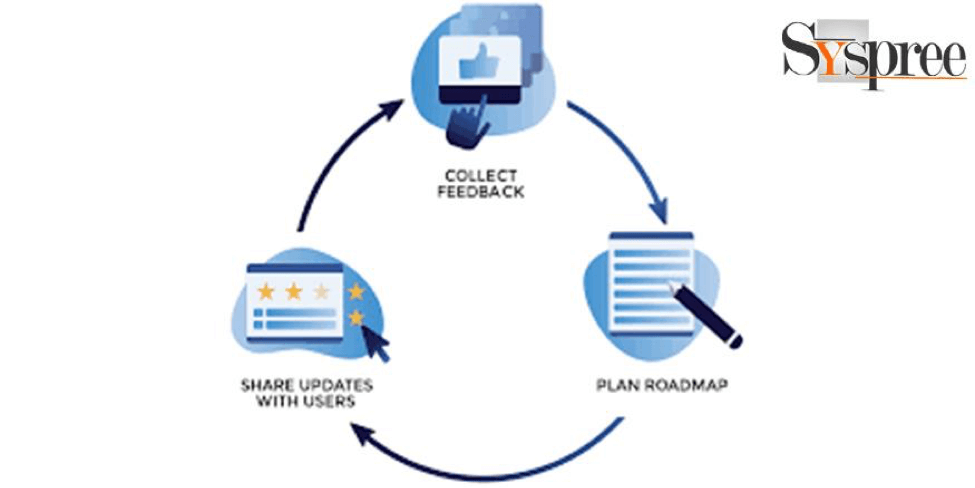
October 2023 Spam Update – User Feedback Driving the Update
A striking aspect unique to The 2023 Spam Update is the crucial role played by user feedback. Its Google Search Engine is not shaped solely by algorithms or technology but also through the active involvement of its users. When users expressed concern about a rise in spammy results in their language, Google listened attentively.
The best SEO company says that Feedback from users is a great source of data for Google. It assists the company in understanding the ever-changing patterns of the digital landscape and the difficulties that users encounter. This feedback-driven method lets Google be responsive to its users’ requirements and adjust its algorithm for search to meet these needs.
About Google’s Spam Updates
As the leading search engine in the world, Google is dedicated to providing reliable, high-quality results for its users across the globe. To achieve this goal, Google employs a multifaceted strategy incorporating regular adjustments to its search algorithm. In these updates, one of the most important aspects is the ongoing fight against spammy content that aims to alter results in search results and compromise the site’s trustworthiness.
Google’s Approach to Fighting Spam
Google’s method of combating spam combines technological advancement and human surveillance. This double-edged strategy ensures Google stays in front of spam techniques while ensuring the highest standards of fairness and accuracy.
One of the main tools used by Google’s anti-spam team is the AI-powered system known as SpamBrain. Making use of the potential of artificial intelligence and machine learning technology, SpamBrain continuously evolves to recognize and fight new spamming methods. This innovative approach allows Google to adapt to new spamming strategies swiftly. It makes it harder for spam-related content to penetrate the results of searches.
Human review plays an important part in Google’s anti-spam efforts. A team of experts scrutinizes and analyzes spammy content, ensuring the final choices are made with human judgment and experience. Human-machine collaboration blends the power of AI and the insight of human brains.
The Role of AI and Machine Learning in Spam Detection
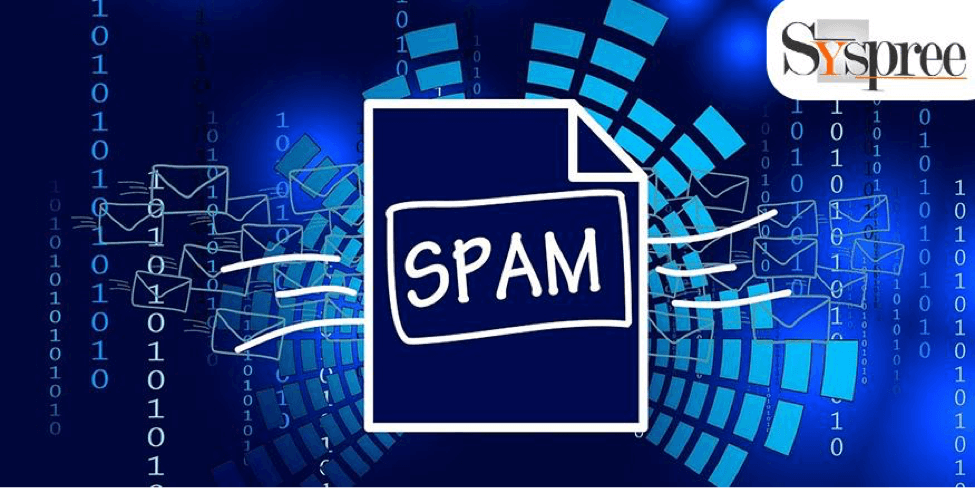
October 2023 Spam Update – The Role of AI and Machine Learning in Spam Detection
The best SEO company also says that AI and machine learning are at the leading edge of Google’s spam detection efforts. These techniques are adept at sorting through massive quantities of data and detecting patterns and other anomalies that could indicate fraud. Machine learning algorithms evaluate the behavior of links, websites, and content to identify legitimate and fraudulent elements.
Additionally, AI-powered systems such as SpamBrain continuously learn from new patterns of spam as well as user-generated feedback. They modify and improve their spam-detection algorithms and become increasingly proficient in recognizing the most sophisticated spam techniques.
The Periodic Release of Spam Updates
Google’s fight against spam isn’t only a once-in-a-while effort but rather a continuous commitment. The company recognizes that spam techniques change over time, which is why Google periodically releases spam updates. These updates are made to improve the algorithm for search and the ability to detect spam and address new patterns in spam.
By publishing spam updates regularly, Google ensures that its search engine is resilient to the constantly changing world of spammy tactics. This proactive approach demonstrates Google’s dedication to providing its users with results for their searches that are unaffected by manipulative and spammy.
What Does Google Consider Spam?
In terms of maintaining the reliability and quality of its search engine results, Google has a strict position against spam content. Knowing what Google finds to be spam is vital for webmasters, content creators, and marketers. Google’s guidelines and policies are created to create a safe and secure online environment for its users.
Google’s Spam Policies and Guidelines
Google’s spam policy is outlined in a comprehensive document that offers specific guidelines on which practices are considered spammy and must be avoided. The policies aren’t restricted to English-language content but apply worldwide to ensure consistency of search results.
Key Spammy Practices to Avoid
- Hidden Text or Links: Google frowns upon the use of hidden hyperlinks or text which can be seen by search engines, but not visible to users. This technique is frequently used to alter search rankings.
- Automatically Generated Content: Content that is generated in a way that is automated and has no value to users is deemed to be spam. These types of content usually provide very little or no information.
- Large-Scale Article Scraping: Scraping or copying material from websites that do not have permission to copy is in clear contravention of Google’s policies on spam. Genuineness and originality are both very important.
- Distracting Ads: The leading digital marketing agency says that websites overloaded with ads that distract users and provide an unsatisfactory user experience are classified under the category of spam. This could make it difficult for users to get the content they’re searching for.
- Thin Affiliate Content: Websites primarily concentrating on affiliate link monetization and not providing any substance are considered spammy.
- Cloaking: Presenting different URLs or content to users and search engines. This deceitful practice is against Google’s rules.
- Sneaky Redirects: Redirecting users to a different page they were expecting to go to is considered deceitful and infuriating.
- Doorway Pages: Making several pages with similar content with the sole intention of ranking specific keywords is a second spammy technique that Google is against.
The Importance of Providing a Transparent User Experience
Google’s anti-spam stance aligns with its commitment to providing the most transparent and authentic user experience. By reprimanding spammy behavior, Google aims to ensure that its search results are accurate as well as informative, and reliable.
Webmasters and content creators are encouraged to prioritize user requirements and expectations. Offering a trustworthy, honest, and clear user experience is not just conforming to Google’s guidelines but also helps build confidence among site visitors.
Looking Ahead: Google’s Ongoing Battle Against Spam
As Google remains committed to providing high-quality results for search, The October 2023 Spam Update stands as an example of its commitment to tackling spam. While the update will bring immediate benefits, its real impact will develop over time, highlighting the importance of focusing on the future.
Rollout Timeline for the October 2023 Spam Update
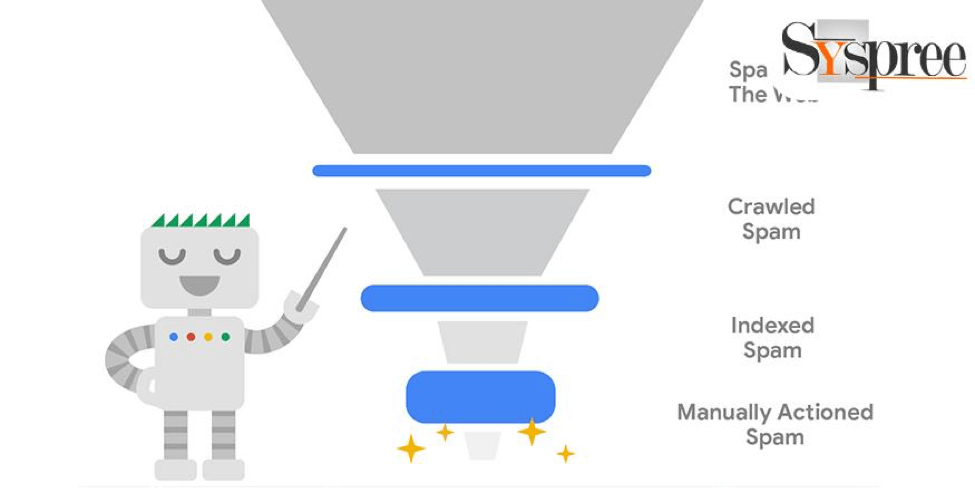
October 2023 Spam Update – Rollout Timeline for the October 2023 Spam Update
The 2023 Spam Update was not an instant change in October but a carefully planned rolling out. Google knows the importance of seamless transitions and will ensure no interruptions to website owners. This is why it will slowly apply to Google’s huge search results over several weeks. This gradual approach permits extensive testing, fine-tuning and changes as needed to ensure the update can achieve its goals successfully.
Encouraging User Feedback Through the Spam Reporting Tool
Google recognizes the vital contribution that user feedback plays in the ongoing battle against spam. Users are encouraged to participate in this battle using the tool for reporting spam. By reporting spammy content, users can become valuable partners when fighting harmful strategies. Google appreciates the insights of its users and sees them as crucial to improving its algorithm and identifying trends in spam.
The tool for reporting spam provides an easy way for users to voice their complaints and make a difference in a cleaner online environment. Google is attentive to the comments that its clients provide and then takes action to resolve spam complaints quickly. This collaboration approach ensures the user experience is reliable and user-centric.
Google’s Evolving Battle Against Spam
The experts from the leading digital marketing agency say that Google’s battle against spam is a continuous and ever-changing process. Since spam techniques continue to change, so does Google’s arsenal of anti-spam strategies and tools. Google remains vigilant about keeping ahead of the game and leveraging advances in machine learning, artificial intelligence, and human-machine expertise to combat new threats efficiently.
Conclusion
Google’s Oct. 2023 Spam update is a major move in the ongoing effort to provide more accurate, clean results in search. Based on user feedback and aimed at multiple languages, this update is a perfect example of Google’s commitment to tackling spam.
With the combination of AI and human reviews and an emphasis on transparency, Google can establish itself as a reliable source of information in an ever-changing digital world. This isn’t just an everyday tweak but a testimony to Google’s unwavering determination to offer users a great online experience worldwide. If you like this blog check out the previous blog on 39th Week Roundup: ChatGPT Browses Web in Real-Time with Voice Interaction, Snap Shuts Down “ARES” AR Platform, and more!

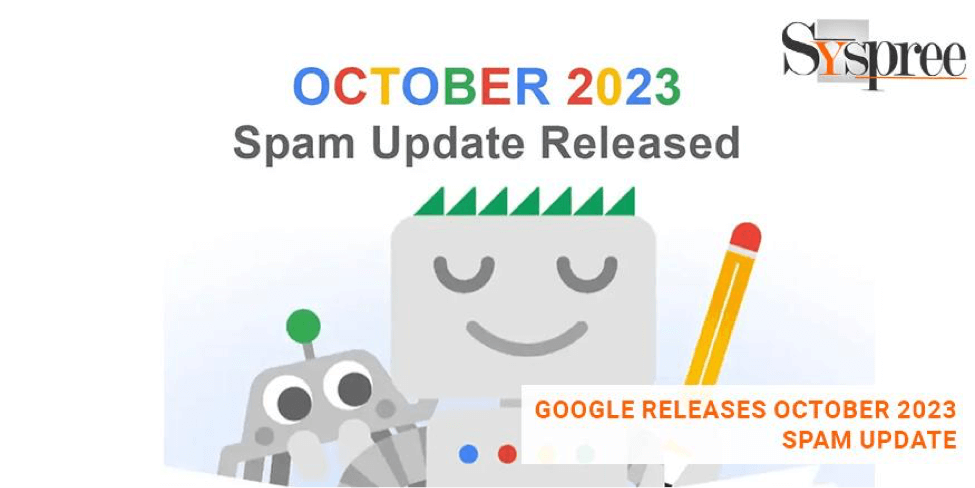






It’s really impressive to see the positive effort put forth by Google with their latest spam update. Great blog!!
Absolutely, Google’s continuous efforts to combat spam and improve the quality of search results are indeed impressive. Their commitment to creating a better online experience for users is commendable.